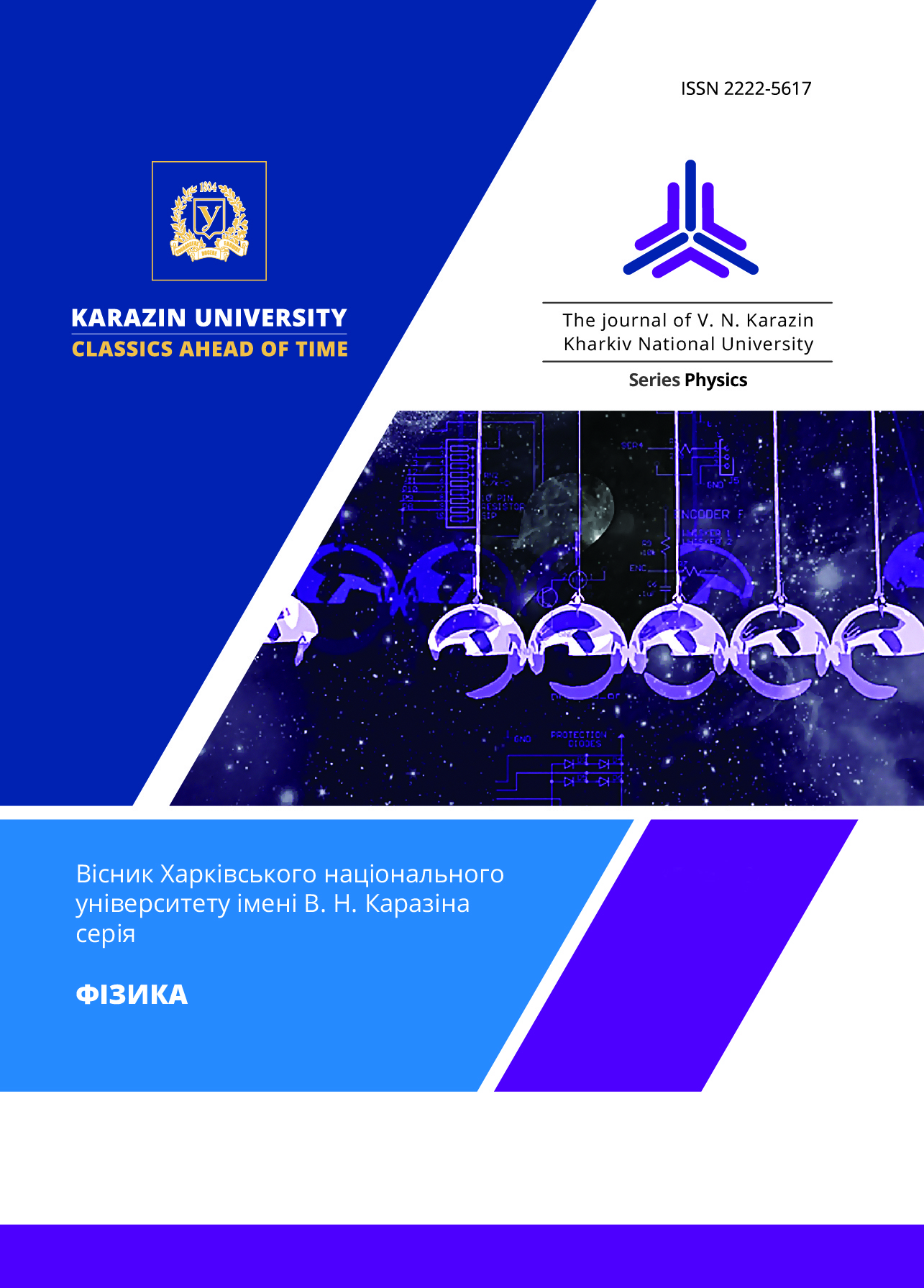Electroacoustic Effect and Electrical Superconductivity of Metals
Abstract
The paper discusses the conditions under which superconductivity of metals would be detected at atmospheric pressure and at room temperature. One of the possible directions of research to achieve these conditions is to change the phonon spectrum of metals in order to increase the Debye temperature, and therefore to increase the temperature of the superconducting transition Tc. According to the idea of the work and to the estimates made in it, the maximum frequency of phonons nmax in metals can be increased by the short-term action of an external constant electric field (electric pulse). The duration of the pulse should be (10–5–10–7) s. The voltage of the constant electric field source is U » 1V. A decrease in the crystal lattice parameter should be accompanied by an increase in the maximum phonon frequency nmax and, accordingly, by an increase in the Debye temperature. The characteristic size of the sample, in which the change in electron concentration can be realized, should not exceed the length of electron shielding in metals, i. e. ≈ 10–8 m. The sequential action of a certain number of electric field pulses can maintain a superconducting state in a metal sample for some finite time.
Downloads
References
2. J. Bardeen, L. M. Cooper, J. R. Schrieffer. Phys. Rev., 108, 1175 (1957).
3. Yu. I. Boyko, V. V. Bogdanov, R. V. Vovk, B. V. Grinev. Functional Мaterials, 28, 4, 637 (2021).
4. Ya. I. Frenkel. Introduction to the theory of metals, Nauka, М. (1972) 424 p. [In russian].
5. Yu. I. Boyko, V.V. Bogdanov, R.V. Vovk. Low. Temp. Physics, 46, 5, 658 (2020).
6. S. A. Nepijko. Physical properties of small metal particles, Kiev, Nauka, (1985) 248 р. [In russian]
7. B. P. Feirand, A. H. Clauer. J. Appl. Phys, 50, 1497 (1979).
8. V. Kresin, H. Gutfreund, W. Little. Solid State Common, 51, 339 (1984).








3.gif)
